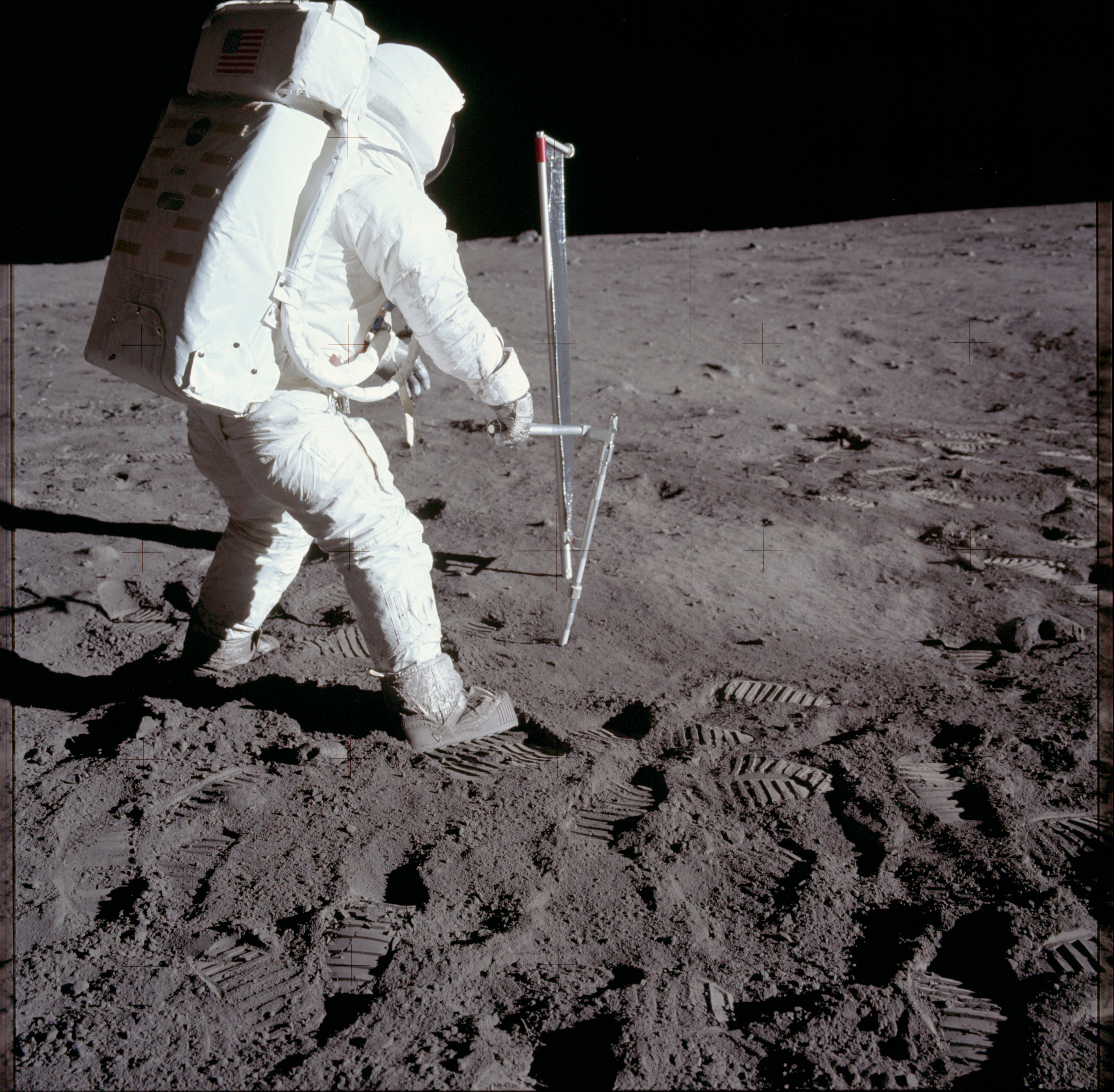Astronomy 101
- Introduction to Astronomy
- The Solar System
- Stars and Galaxies
- The Milky Way and Other Galaxies
- Telescopes and Observatories
- The Sun and the Moon
- The Earth and the Sky
- Space Exploration
- Astrobiology
- Space-Time and Relativity
- Black Holes and Neutron Stars
Space Exploration
Module 8, Unit 1: History of Space Exploration

Discovery and exploration of outer space and celestial objects outside Earth.
Space exploration, the investigation of physical conditions in space and on stars, planets, and other celestial bodies through the use of artificial satellites (spacecraft that orbit the earth), space probes (spacecraft that pass through the solar system and that may or may not orbit another celestial body), and spacecraft with human crews, has a rich and varied history.
The Dawn of the Space Age
The era of space exploration began with the launch of the first artificial satellite, Sputnik 1, by the Soviet Union on October 4, 1957. This small, beeping ball, about the size of a beach ball, circled the Earth in just over 96 minutes. The launch of Sputnik 1 marked not only the start of the Space Age but also the beginning of the space race between the United States and the Soviet Union.
The Space Race
The space race was a period of intense competition between the United States and the Soviet Union to achieve superior technological capabilities in space exploration. This competition led to significant advancements in space technology and exploration.
In 1958, the United States launched its first satellite, Explorer 1. That same year, the National Aeronautics and Space Administration (NASA) was established.
The Soviet Union continued to achieve significant milestones, including the first successful mission to the Moon, Luna 2, in 1959, and the first manned spaceflight by Yuri Gagarin in 1961.
The Apollo Program
In response to the Soviet Union's early successes in space exploration, U.S. President John F. Kennedy announced in 1961 the ambitious goal of sending an American safely to the Moon before the end of the decade. This led to the Apollo program, one of the most famous space exploration programs in history.
The Apollo program achieved its most notable success with Apollo 11, which landed astronauts Neil Armstrong and Buzz Aldrin on the Moon on July 20, 1969. Armstrong's first step onto the lunar surface and his famous words, "That's one small step for man, one giant leap for mankind," marked a significant achievement not just for the United States, but for all of humanity.
Post-Apollo Era
After the Apollo program, both the United States and the Soviet Union shifted their focus to developing long-duration spaceflight and achieving a permanent human presence in space. The United States developed the Space Shuttle program, which began operations in 1981. The Soviet Union, and later Russia, focused on space station programs, including the Salyut, Mir, and the International Space Station (ISS), which is a multinational project.
The history of space exploration is a testament to human curiosity and innovation. It has not only expanded our knowledge of the universe but also led to significant technological advancements that have had widespread applications on Earth. As we look to the future, the exploration of space continues to be a driving force for scientific discovery and technological advancement.